Motherboard Guide
What Motherboard Does Intel 17-3370 Support – A Complete Guide!
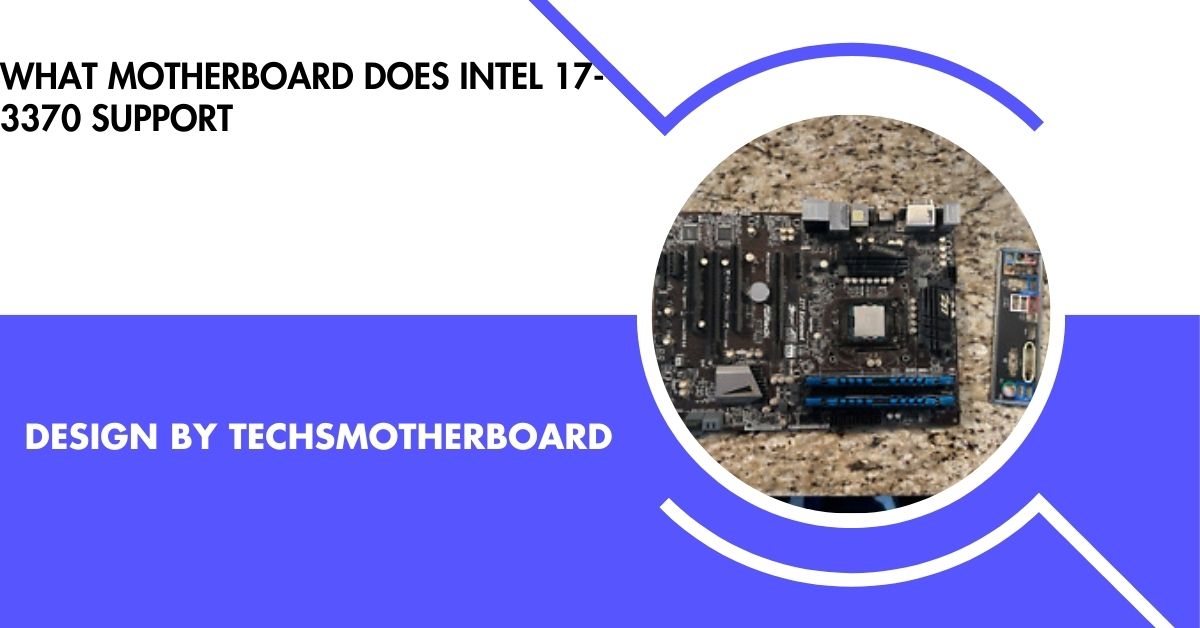
The Intel i7-3370 processor supported motherboards with the LGA 1155 socket and chipsets from Intel’s 6 Series and 7 Series families, such as Z77, H77, B75, and H61.
In this article, we will explore what type of motherboard supports the Intel i7-3370 and provide useful information to help you make an informed decision.
Introduction to Intel i7-3370 Processor:
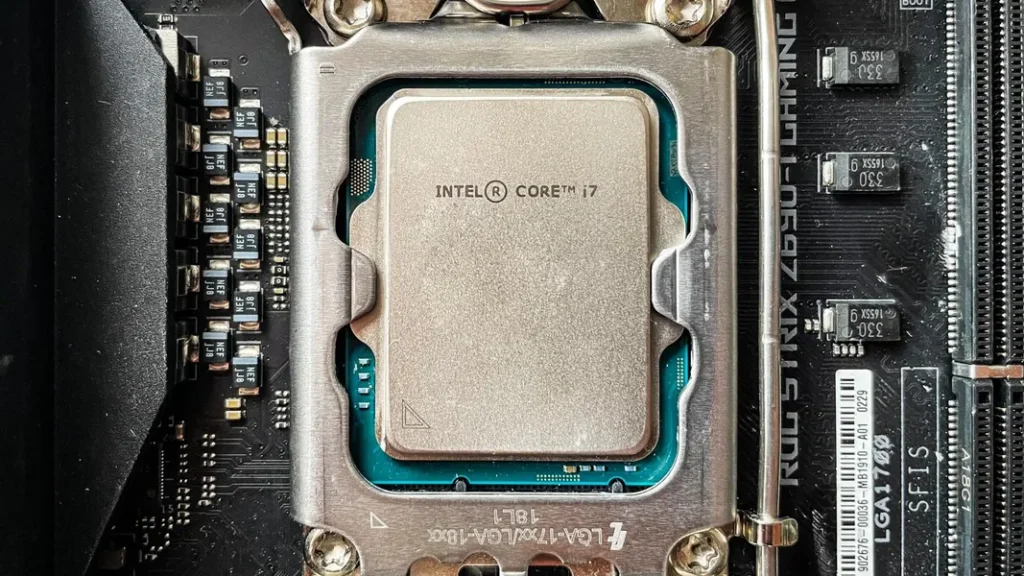
The Intel Core i7-3370 is part of Intel’s third-generation of processors, also known as Ivy Bridge. Released in 2012, the i7-3370 is a quad-core processor with eight threads, offering good performance for both general computing and gaming tasks. It has a base clock speed of 3.4 GHz and can boost up to 3.7 GHz with Intel’s Turbo Boost technology.
The i7-3370 also supports hyper-threading, which allows each core to handle two threads simultaneously, improving performance in multi-threaded applications.Despite being an older processor, the i7-3370 still holds up well for a variety of tasks like gaming, content creation, and productivity, making it a popular choice for budget-conscious users who want solid performance.Now, let’s focus on finding the right motherboard that works with the Intel i7-3370 processor.
What is a Motherboard?
A motherboard is the main circuit board of a computer. It connects all the computer’s components, such as the processor (CPU), memory (RAM), storage drives, and peripherals (keyboard, mouse, etc.). The motherboard also provides slots for expansion cards like graphics cards (GPU), network cards, and audio cards.
Every motherboard has a specific socket type for the CPU, and this socket type determines which processors are compatible with the motherboard.When choosing a motherboard for your Intel i7-3370 processor, you must ensure that the motherboard has the correct socket type and chipset to support the processor.
What Socket Type Does Intel i7-3370 Use?
The Intel Core i7-3370 uses the LGA 1155 socket (also known as Socket H2). This socket was introduced by Intel for their second-generation (Sandy Bridge) and third-generation (Ivy Bridge) processors. When selecting a motherboard, it’s important to ensure compatibility with the LGA 1155 socket. Motherboards for this socket come in various sizes, such as ATX, microATX, and mini-ITX, offering different expansion options and ports. The motherboard size choice depends on your case and expansion needs.
Also read: How To Download Windows On My Motherboard – A Step-By-Step Guide!
What Chipset Does the i7-3370 Support?
In addition to the socket type, the motherboard must have a compatible chipset to fully support the Intel i7-3370. The chipset is a collection of integrated circuits that manage data flow between the processor, memory, storage devices, and other peripherals.
The Intel i7-3370 is supported by motherboards that use chipsets from Intel’s 6 Series and 7 Series family. Here are the most common chipsets that support the Intel i7-3370:
Intel Z77 Chipset:
- The Z77 chipset is one of the most popular options for the Intel i7-3370. It supports overclocking (if your CPU and motherboard allow it) and provides additional features such as support for PCIe 3.0, USB 3.0, and SATA 6Gb/s for faster data transfer. Motherboards with the Z77 chipset are perfect for users who want performance and future-proofing.
Intel H77 Chipset:
- The H77 chipset is a more budget-friendly option. It provides good performance for general computing and basic gaming needs. However, it does not support overclocking like the Z77 chipset. It still supports USB 3.0, SATA 6Gb/s, and other modern features, making it a solid choice for casual users.
Intel B75 Chipset:
- The B75 chipset is designed for more affordable motherboards, and while it offers decent performance, it is not as feature-rich as the Z77 and H77 chipsets. It’s a good option if you are building a basic computer and don’t need overclocking or advanced features.
Intel H61 Chipset:
- The H61 chipset is an entry-level chipset that offers basic functionality for users on a tight budget. It lacks support for USB 3.0 and overclocking but can still work well for basic tasks like web browsing, word processing, and light gaming.
Important Features to Consider When Choosing a Motherboard:
When selecting a motherboard for your Intel i7-3370, there are a few key features to consider:
- Form Factor (Size): The motherboard size determines expansion slots, ports, and case compatibility. Common sizes are ATX (full-sized with multiple slots), microATX (compact but feature-rich), and mini-ITX (small with fewer slots). Choose the size based on your case and expansion needs.
- RAM Compatibility: Ensure the motherboard supports the RAM type and capacity you plan to use. The i7-3370 supports DDR3 RAM up to 1600 MHz, requiring compatible DIMM slots to handle your memory requirements effectively.
- Expansion Slots: Consider the number of PCIe slots for expansion cards like graphics and network cards. If using a dedicated GPU, ensure your motherboard has PCIe x16 slots for optimal performance, especially for gaming or demanding tasks.
- Storage Options: The motherboard should support SATA 3 (6Gb/s) for fast data transfer with storage drives like SSDs and HDDs. For faster storage, consider motherboards with M.2 or U.2 slots, which offer even quicker data access speeds.
- USB Ports: Ensure the motherboard has ample USB ports, especially USB 3.0 or 3.1, for quick data transfer with devices like keyboards, mice, printers, and external drives. Sufficient USB ports are crucial for connectivity.
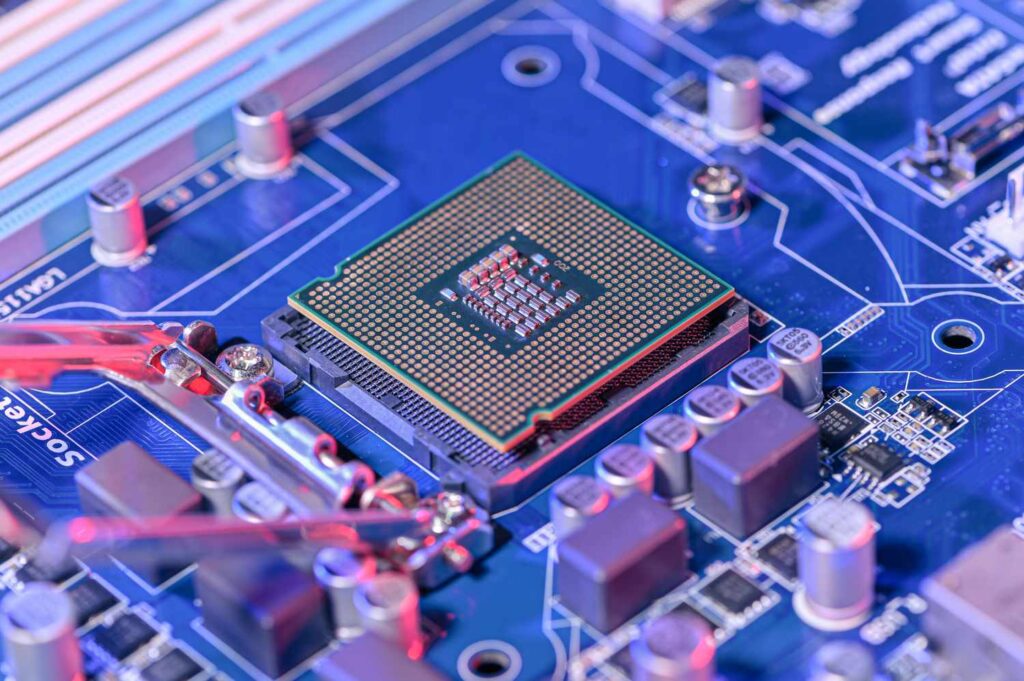
- Integrated Graphics (Optional): If using the i7-3370’s integrated Intel HD 4000 graphics, verify that the motherboard has appropriate video outputs (HDMI, DVI, or VGA) to connect to displays for everyday tasks without a dedicated GPU.
Recommended Motherboards for Intel i7-3370:
Here are some great motherboard options that support the Intel i7-3370:
ASUS P8Z77-V:
The ASUS P8Z77-V motherboard uses the Z77 chipset and delivers great performance with overclocking potential. It supports USB 3.0, SATA 6Gb/s, and PCIe 3.0, making it an excellent choice for gamers and power users. This board offers a solid foundation for the Intel i7-3370, allowing users to fully unlock the processor’s potential. It also features robust build quality and reliable performance, making it ideal for those who want to maximize their system’s capabilities.
Gigabyte GA-Z77X-UD3H:
The Gigabyte GA-Z77X-UD3H is a high-performance motherboard equipped with the Z77 chipset. It features PCIe 3.0 support, multiple USB 3.0 ports, and a durable design. This motherboard is perfect for gamers and enthusiasts who require a stable, fast platform for their Intel i7-3370. Its excellent build quality, support for high-speed storage options, and expansion capabilities ensure it can handle demanding tasks and heavy workloads with ease, making it a great all-around motherboard.
Also read: Can Your Motherboard Use Any Ssd – A Complete Guide!
MSI H77MA-G43:
The MSI H77MA-G43 is a great budget-friendly option featuring the H77 chipset. It provides solid performance for general computing needs, supporting USB 3.0, SATA 6Gb/s, and offering stable memory support. While it doesn’t offer overclocking support like higher-end Z77 boards, it still delivers reliable functionality for everyday tasks. The motherboard’s smaller form factor makes it a good choice for compact builds, and its affordability makes it ideal for users looking for a value-oriented system.
ASRock B75M-DGS:
The ASRock B75M-DGS is a cost-effective motherboard with the B75 chipset, offering essential features like SATA 6Gb/s and USB 3.0. This board delivers solid, dependable performance for general computing, office work, or casual gaming. While it lacks high-end features like PCIe 3.0 or overclocking support, it is a great budget choice for users who do not need extensive expansion options. Its compact design and affordable price make it a sensible pick for users on a tight budget.
Intel DZ77GA-70K:
The Intel DZ77GA-70K is a premium motherboard that uses the Z77 chipset, offering excellent performance and a range of advanced features. With PCIe 3.0, USB 3.0, and SATA 6Gb/s support, this board ensures high-speed data transfer and future-proofing. It’s a great choice for enthusiasts looking for high-quality performance and expandability. The Intel DZ77GA -70K’s robust build quality, reliability, and compatibility with the Intel i7-3370 make it an ideal choice for demanding applications and gaming.
FAQ’S
1. What socket type does the Intel i7-3370 use?
The Intel i7-3370 uses the LGA 1155 socket (Socket H2), which is compatible with third-generation Intel processors like Ivy Bridge.
2. Which chipset is most recommended for i7-3370?
The Intel Z77 chipset is highly recommended for the i7-3370, as it supports overclocking, better memory speeds, and advanced features for performance-driven tasks.
3. Can the i7-3370 be overclocked?
The i7-3370 itself cannot be overclocked, as it is a locked processor, but motherboards with the Z77 chipset offer overclocking support for other components.
4. What RAM does the i7-3370 support?
The i7-3370 supports DDR3 RAM with speeds up to 1600 MHz, offering reliable performance for most tasks, including gaming and multitasking.
5. What is the best motherboard for budget users with i7-3370?
The MSI H77MA-G43 is an excellent budget-friendly option for users with the i7-3370, offering solid performance with the H77 chipset for general computing needs.
Conclusion
In conclusion, the Intel i7-3370 requires motherboards with an LGA 1155 socket and compatible Intel 6 or 7 Series chipsets (e.g., Z77, H77, B75, H61). For overclocking and advanced features, choose Z77, while H77/B75 offer budget-friendly options. Consider factors like form factor, RAM compatibility, and expansion slots to ensure the motherboard meets your system’s performance and space requirements.
Related post
Motherboard Guide
Home Loan Options for Low-Income Households

For many people and families, owning a home is a lifelong dream. However, for low-income households, this goal can often feel out of reach. However, a range of specialized home loan options are designed specifically to help people with modest earnings step into homeownership.
With the right guidance and financial tools, low-income individuals and families can find affordable paths to purchase their own home.
Understanding Low-income Home Loans
Low income home loans are mortgage solutions that are designed for people or families whose earnings fall below the median income level in their area. These loans typically come with relaxed qualification requirements, reduced down payment demands, and lower interest rates. The goal is to make homeownership accessible and sustainable for people who might not qualify for conventional mortgages.
Whether you’re a first-time buyer or someone returning to the housing market, exploring these loan programs can open doors you might have thought were closed. One such option you can consider is AmeriSave. They have a range of low-income home loans designed for people like you.
Federal Housing Administration (FHA) Loans
FHA loans are one of the most popular options for low-income buyers. Insured by the federal government, FHA loans require a minimum down payment of just 3.5% and allow for lower credit scores than traditional loans. Because of the government backing, lenders are more willing to work with buyers who might be seen as higher risk under normal criteria.
USDA Rural Development Loans
For those living in rural or suburban areas, the United States Department of Agriculture (USDA) offers a loan program with significant benefits. USDA loans require no down payment and provide low interest rates to eligible low-income applicants. The only caveat is that the property must be located in an approved rural area, and applicants must meet income eligibility guidelines.
VA Loans for Veterans and Active Military
For military members, veterans, and their families, VA loans offer one of the most affordable home financing options available. VA loans come with no down payment requirement, no private mortgage insurance (PMI), and highly competitive interest rates. While not exclusive to low-income borrowers, the benefits provided through VA loans can make a major difference for financially constrained households.
State and Local Assistance Programs
Many state and local governments offer homebuyer assistance programs geared toward low-income residents. These programs might include down payment assistance, low-interest second mortgages, or grants. Some are even tailored for specific groups such as teachers, emergency responders, or public service employees.
Researching what’s available in your area can uncover opportunities that reduce upfront costs and long-term financial burdens.
Housing Choice Voucher Homeownership Program
Also known as Section 8, this program allows eligible participants to use their housing vouchers to purchase a home instead of renting. The Housing Choice Voucher Homeownership Program provides monthly assistance for mortgage payments, making it an excellent option for those who qualify.
Participants must meet income requirements, be first-time homeowners, and complete a homeownership counseling program. By having all these criteria, they can avail voucher homeownership programs.
Motherboard Guide
Charter Bus Rentals: Affordable and Eco-Friendly Group Travel Solutions

The Rise of Charter Bus Rentals
In recent years, charter bus rentals have become a staple in group travel, shifting perceptions about large-scale transportation. As families, corporations, schools, and community groups seek efficient charter bus rental DC option stands out for its versatility and cost-effectiveness.
An increasing demand for such services is highlighted in a Travel and Leisure article that discusses how this mode of transportation captures the attention of diverse demographics. The capacity of charter buses to accommodate large groups at a fraction of the cost associated with individual travel arrangements makes them an attractive choice.
Unlike traditional travel methods, charter buses offer personalized routes that can be tailored to fit a group’s specific needs and preferences. This flexibility over travel itineraries further adds to their popularity.
In today’s fast-paced world, where cost, convenience, and environmental responsibility are often prioritized, charter buses tick all the boxes for an increasing number of travelers. The growth in this sector is also supported by technological advancements in bus design and amenities, which continue to enhance the passenger experience.
Key Benefits of Choosing Charter Bus Services
A significant appealing benefit of charter bus services is their safety. With professional drivers who have undergone rigorous training, passengers are assured of a secure journey. These drivers are familiar with various routes and adept at handling unexpected road conditions, which enhances passenger safety. Furthermore, charter buses must adhere to strict safety regulations and undergo routine maintenance inspections, enhancing traveler assurance. Charter buses also provide significant cost savings. When the expenses are divided among the group, the per-person cost is often less expensive than alternative transport modes like flying or driving individually. Moreover, many charter buses offer WiFi, reclining seats, and entertainment systems, offering a pleasant trip that feels more like a luxury experience without a high price tag.
How Charter Buses Encourage Eco-Friendly Travel
Environmental awareness is more crucial than ever, and charter buses significantly contribute to reducing the carbon footprint associated with travel. Charter buses emit fewer pollutants per traveler mile than passenger cars and airplanes. Buses are also one of the most fuel-efficient transportation modes, helping reduce greenhouse gas emissions.
Charter buses also play a pivotal role in alleviating road congestion. By bringing several passengers together into one vehicle, fewer cars are on the road, decreasing traffic and idling time, and contributing to environmental degradation. Embracing charter buses as a travel option supports a broader shift towards more sustainable living and helps communities achieve their sustainability targets. As awareness and demand grow, bus companies are beginning to invest in technologies that enhance buses’ environmental friendliness, including hybrid and electric models.
Factors to Consider When Renting
Choosing the right charter bus requires a thoughtful assessment of various elements to guarantee a seamless and satisfactory experience. First, assess the reputation and reliability of potential service providers. You can do this by reading reviews or asking for references. A trustworthy company ought to possess a strong history of customer satisfaction and adherence to safety standards. It is also crucial to evaluate the fleet’s condition. Check if the buses have modern amenities to ensure comfort during long journeys. Transparency in pricing is another essential factor. Understanding what’s included in the price quote, such as driver gratuity or fuel surcharges, helps avoid unexpected costs. Lastly, confirm that the provider complies with the latest safety and transportation regulations, ensuring a secure and pleasant travel experience.
Popular Types of Charter Buses Available
Various charter buses are available to meet different group needs and trip requirements. Smaller groups might find minibusses most suitable as they comfortably seat up to 30 passengers and provide efficient transport without unnecessary space. For those interested in comfort and luxury, larger motor coaches are often equipped with plush seating, onboard restrooms, and advanced entertainment options. Double-decker and sleeper buses are increasingly available for longer journeys requiring overnight travel. These buses offer sleeping accommodations and expanded seating capacity, making them ideal for extended trips. Understanding the wide selection of available bus types guarantees you make a well-informed decision tailored to your group’s needs.
How to Plan a Charter Bus Trip
Organizing a successful charter bus trip requires detailed planning and consideration. To help tailor the transport arrangements better, start by clearly defining your destination and the number of participants. Compare several service providers to find the best value for your group’s requirements, paying attention to additional services and amenities. Early booking is advantageous for better rates and availability, especially during peak travel seasons. It is also wise to craft a comprehensive itinerary listing all planned activities and destinations for easy communication with your chosen provider. It ensures that all parties know the travel route and expectations, paving the way for a hassle-free journey.
Tips for a Smooth Charter Bus Experience
Communication is vital in ensuring a smooth charter bus journey. Regularly confirm all trip details with the service provider, including pickup and drop-off locations, times, and any planned stops. It’s advisable to share this information with all travelers to avoid confusion. Encouraging passengers to pack essentials like snacks, water, and entertainment for the journey aids comfort during long travel times. Flexibility is recommended, as plans can sometimes change unexpectedly. Adequate preparation and ongoing communication are key to smoothly navigating any unforeseen circumstances.
Future of Charter Bus Rentals in a Sustainable World
The prospects for charter bus rentals are bright as sustainability shapes global transportation trends. There is increasing research into and development of electric and hybrid buses, enhancing their eco-friendly profile. As these advances become mainstream transportation, charter buses will become even more attractive for groups keen on minimizing their environmental impact. The continued growth of this industry aligns with society’s shift towards environmentally conscious travel practices. Integrating greener technologies will improve the sustainability factor of charter buses and potentially lower operational costs, further passing savings onto travelers. As awareness builds, we expect charter bus rentals to be pivotal in promoting sustainable travel globally.
Motherboard Guide
The Art of Home Staging: Transforming Spaces to Win Buyers

Introduction to Home Staging
Home staging is an art form that combines style, insight, and finesse to showcase a property’s full potential to prospective buyers. This crucial step in the home-selling process transforms everyday spaces into market-ready environments that capture the hearts of potential buyers.
Staging is not just about making a home look appealing; it’s about creating a compelling vision of lifestyle and comfort that resonates emotionally. In today’s competitive real estate market, where first impressions are paramount, sellers increasingly turn to Destin, FL real estate experts McKenzie Claire Real Estate International to ensure their homes stand out and sell quickly, even in the most challenging conditions.
Why Home Staging Works
Understanding why home staging works involves delving into buyer psychology. When potential buyers tour a property, they visualize it as their future home. A thoughtfully staged home minimizes distractions and eliminates the personalization that can often hinder a buyer’s ability to see themselves in a space.
According to a study by the National Association of Realtors (NAR), a well-staged home shortens the duration a property stays on the market and increases the monetary offers sellers receive. This strategic presentation allows buyers to emotionally connect with the property, often leading to quicker and more lucrative sales.
Key Elements of Successful Home Staging
Effective home staging pivots on several core elements: strategic furniture arrangement, neutral yet engaging décor, and eye-catching focal points. Furniture should highlight the dimensions and features of each room, facilitating movement and maximizing the perception of space.
Décor should amplify the aesthetic vibe intended, using color and texture to bring warmth and sophistication without overpowering the simplicity of the space. Focal points such as a fireplace or a striking view draw attention to the home’s best features, anchoring potential buyers’ aesthetic experience in visual and emotional memory.
Common Mistakes to Avoid
While staging is undoubtedly impactful, it can backfire if not done correctly. One significant error is letting personal taste dominate the staging process. Over-personalization, such as displaying family photos or quirky collectibles, can make it difficult for buyers to imagine the home as their own.
Another critical mistake involves neglecting minor repairs and lighting, which can detract from even the most professionally staged home. In addition to being an aesthetic detraction, these overlooked issues suggest to a potential buyer that other maintenance areas might also be neglected.
The Role of Color and Light
Color and lighting play pivotal roles in establishing the ambiance of a home. Neutral, warm colors create a welcoming atmosphere and appeal to a broad audience, making them an indispensable choice for any staged home.
Meanwhile, strategic lighting can highlight attractive features like high ceilings or elegant fixtures, adding to the home’s perceived value and appeal. Delving into color theory offers more profound insights into creating harmony and balance within light and dark spaces. The interplay of these elements can significantly transform a home, making it infinitely more appealing to prospective buyers.
Cost-Effective Home Staging Tips
Contrary to popular belief, home staging does not need to break the bank. Impactful yet straightforward tactics such as thorough decluttering and adding mirrors to open spaces can create the illusion of a larger, more airy environment.
Introducing greenery through potted plants adds life and vibrancy while ensuring spaces remain clean and fragrant and sets a welcoming tone. Discovering quality decor items at thrift stores or creating DIY art pieces can infuse the home with uniqueness while staying on budget. The creative use of textiles like throw cushions and area rugs can instantly refresh a room’s aura without hefty costs.
The Impact of Home Staging on the Market
Homes that are thoughtfully staged sell not only faster but often at a higher price. According to recent market analysis reports, staged homes spend significantly less time on the market than their non-staged counterparts.
Buyers will usually perceive staged homes as more desirable, which can encourage competitive bidding and higher closing prices. By aligning the homes’ presentation with buyer expectations, the investment in staging reliably translates into stronger market performance and enhanced seller returns.
Conclusion
In the world of real estate, where first impressions wield substantial power, home staging emerges as an indispensable tool. By cleverly arranging spaces and elevating the home’s best qualities, sellers can more effectively capture buyer interest, leading to swifter sales and potentially higher financial gain.
The art of staging is about transforming a house into a market-ready home, a place potential buyers can envision inhabiting and cherishing. Thus, this modest investment can pave the way for remarkable returns in an ever-evolving housing market.
-

 Tech1 month ago
Tech1 month agoSotwe STW Explained How a Radical Platform is Redefining Online Expression
-

 Entertainment3 months ago
Entertainment3 months agoHow Do I Turn On the Beatbot?
-
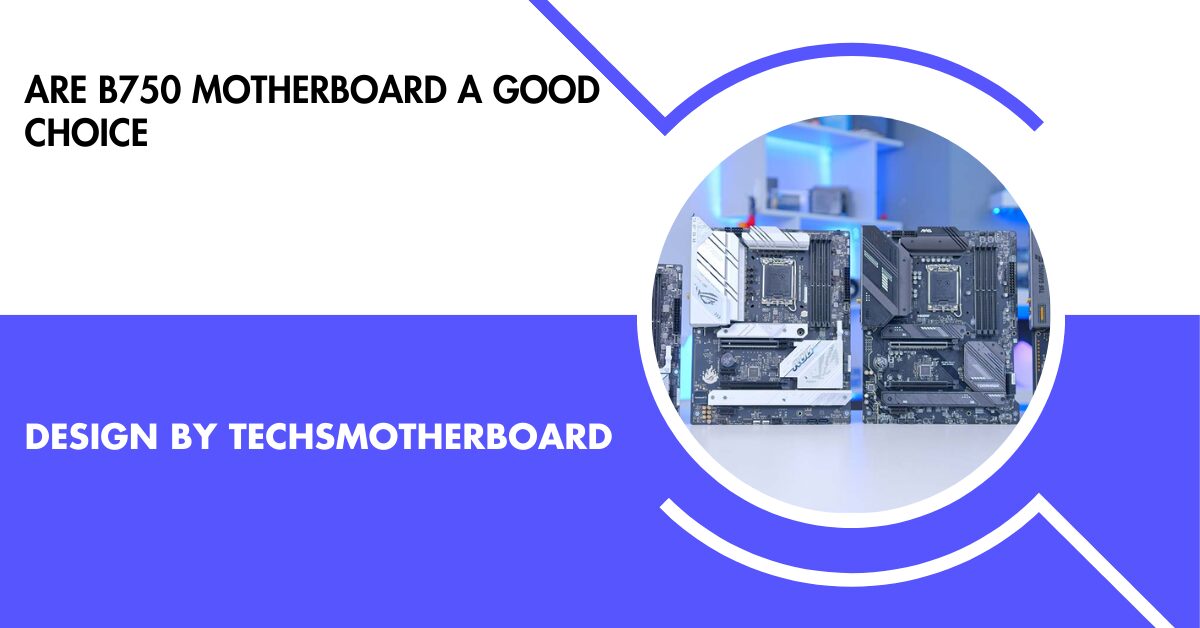
 Motherboard Guide10 months ago
Motherboard Guide10 months agoAre B750 Motherboard A Good Choice – A Complete Overview!
-
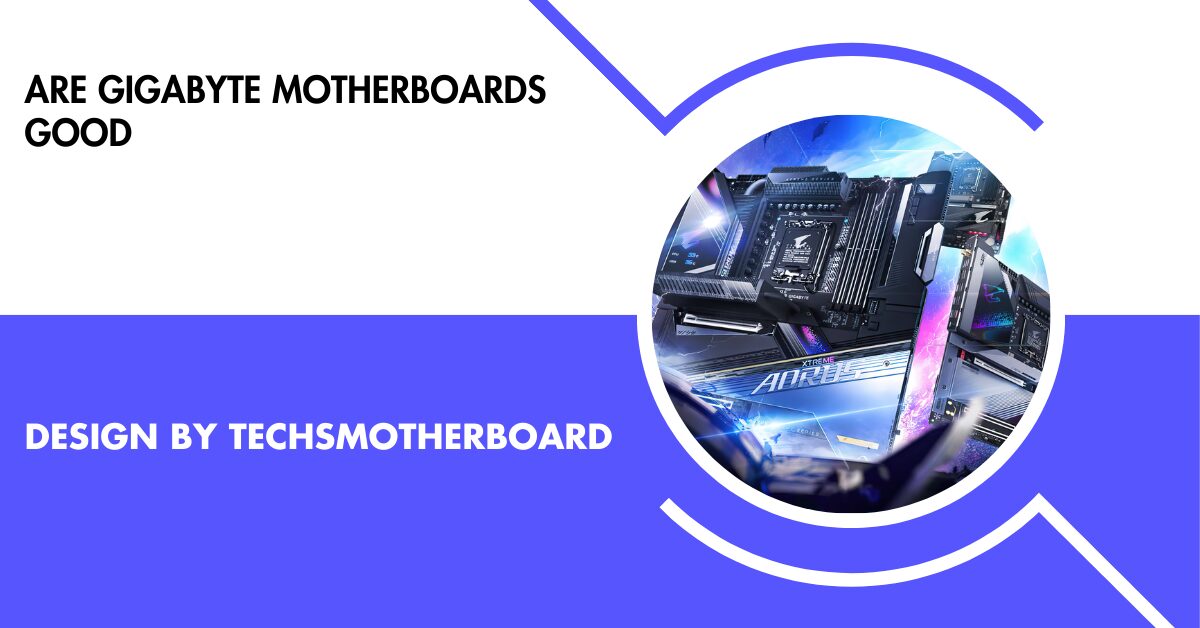
 Motherboard Guide11 months ago
Motherboard Guide11 months agoAre Gigabyte Motherboards Good – A Comprehensive Review!
-

 Blog4 months ago
Blog4 months agoHer Love Is A Kind Of Charity Password – The Hidden Meaning Behind the Phrase!
-
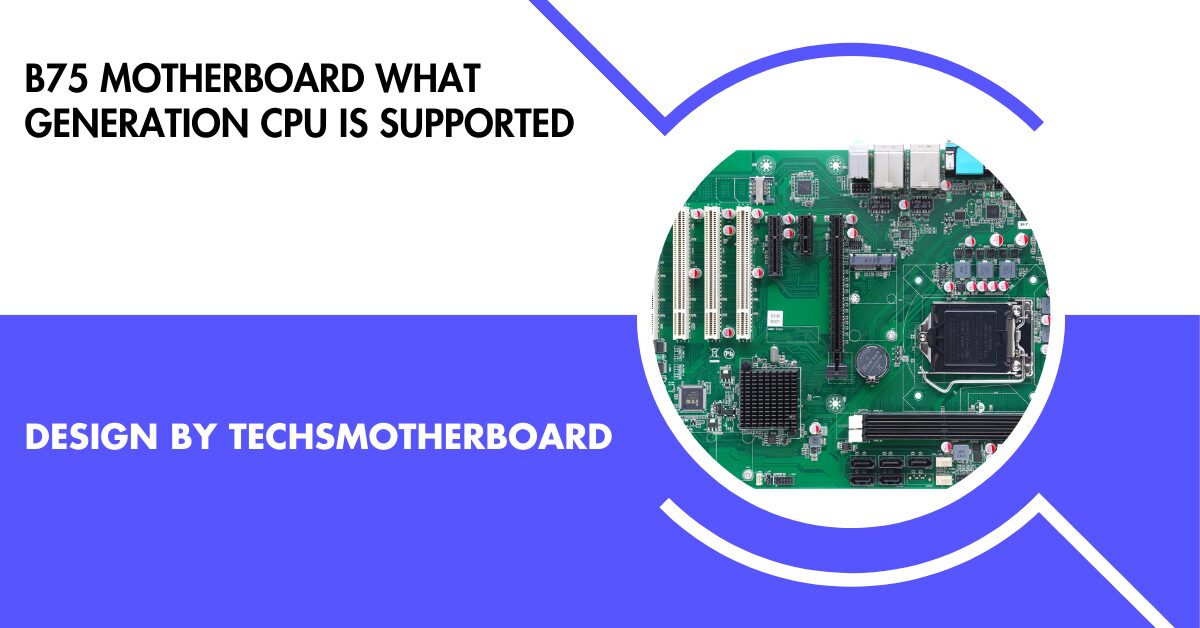
 Motherboard Guide7 months ago
Motherboard Guide7 months agoB75 Motherboard What Generation Cpu Is Supported – B75 Motherboard Cpu Support!
-

 Entertainment4 months ago
Entertainment4 months agoFire Kirin Xyz Login – A Complete Guide to Accessing and Playing Online!
-
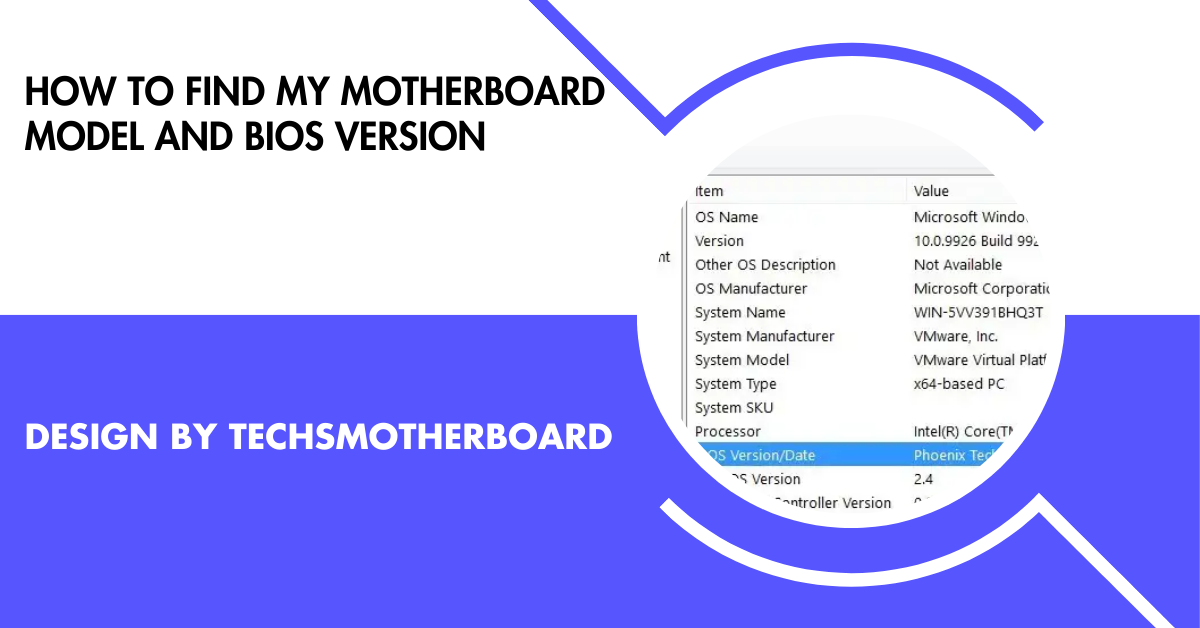
 Blog10 months ago
Blog10 months agoHow To Find My Motherboard Model And Bios Version – A Detailed Overview!

